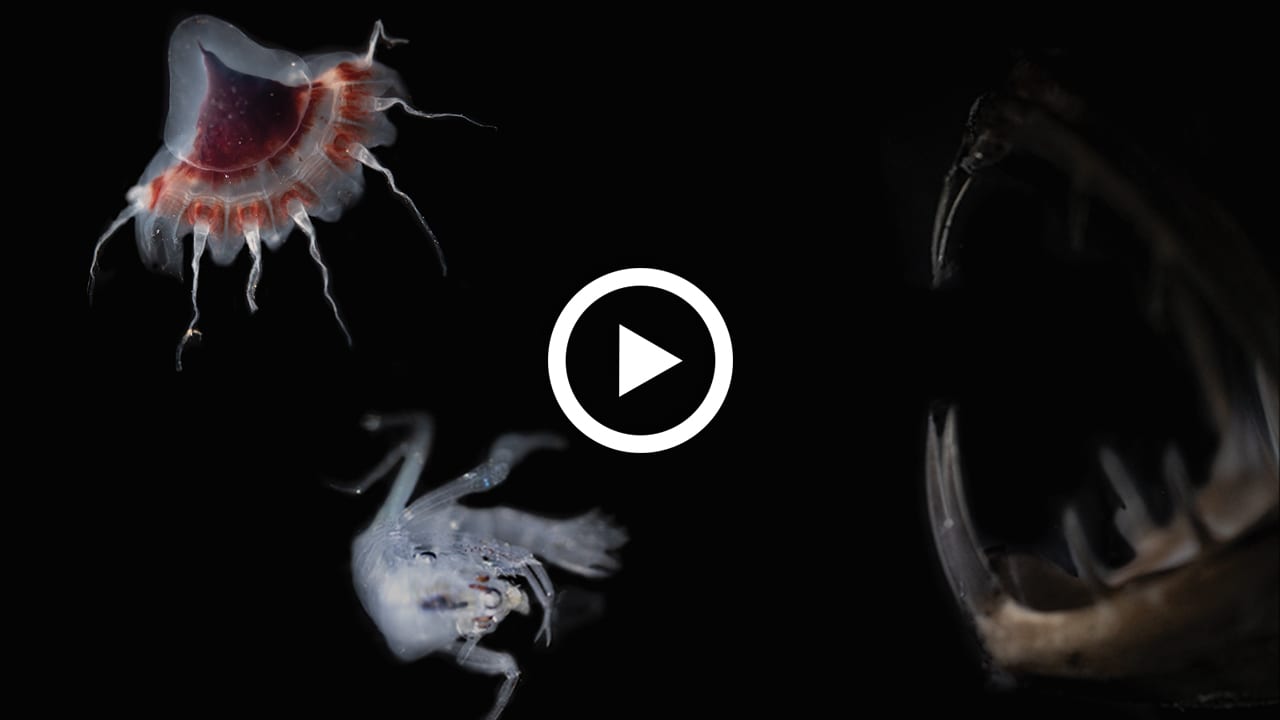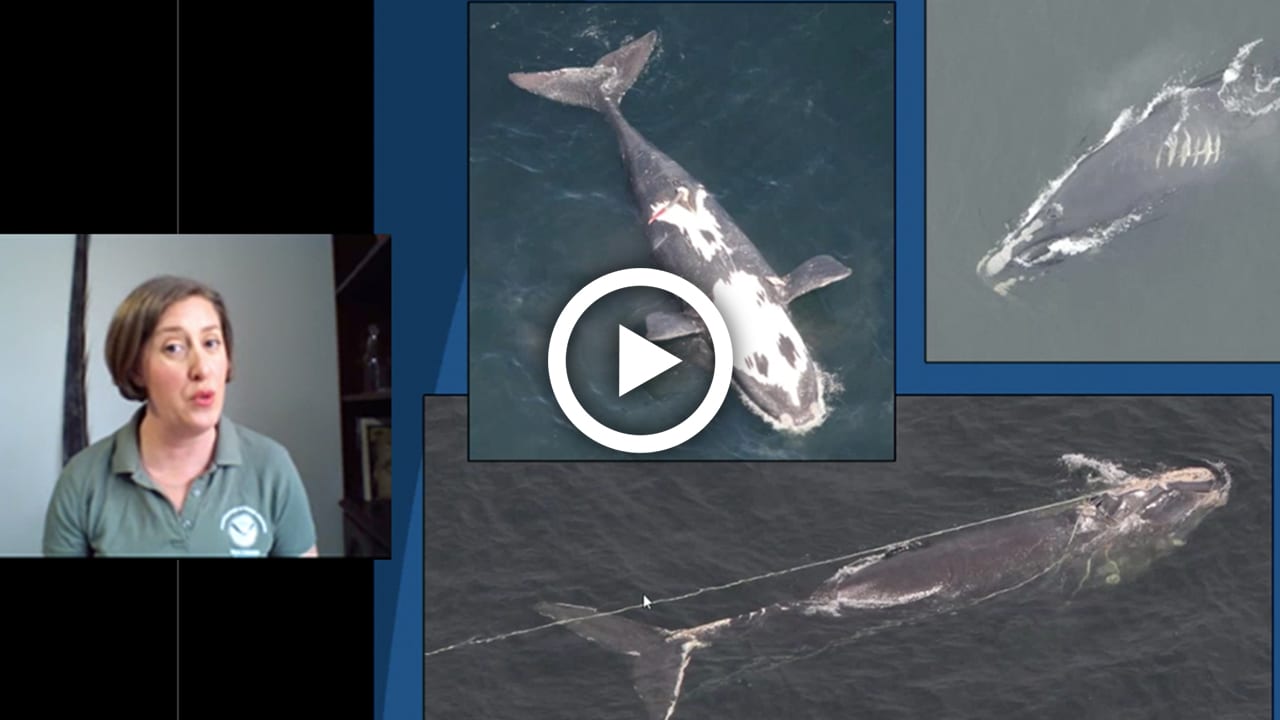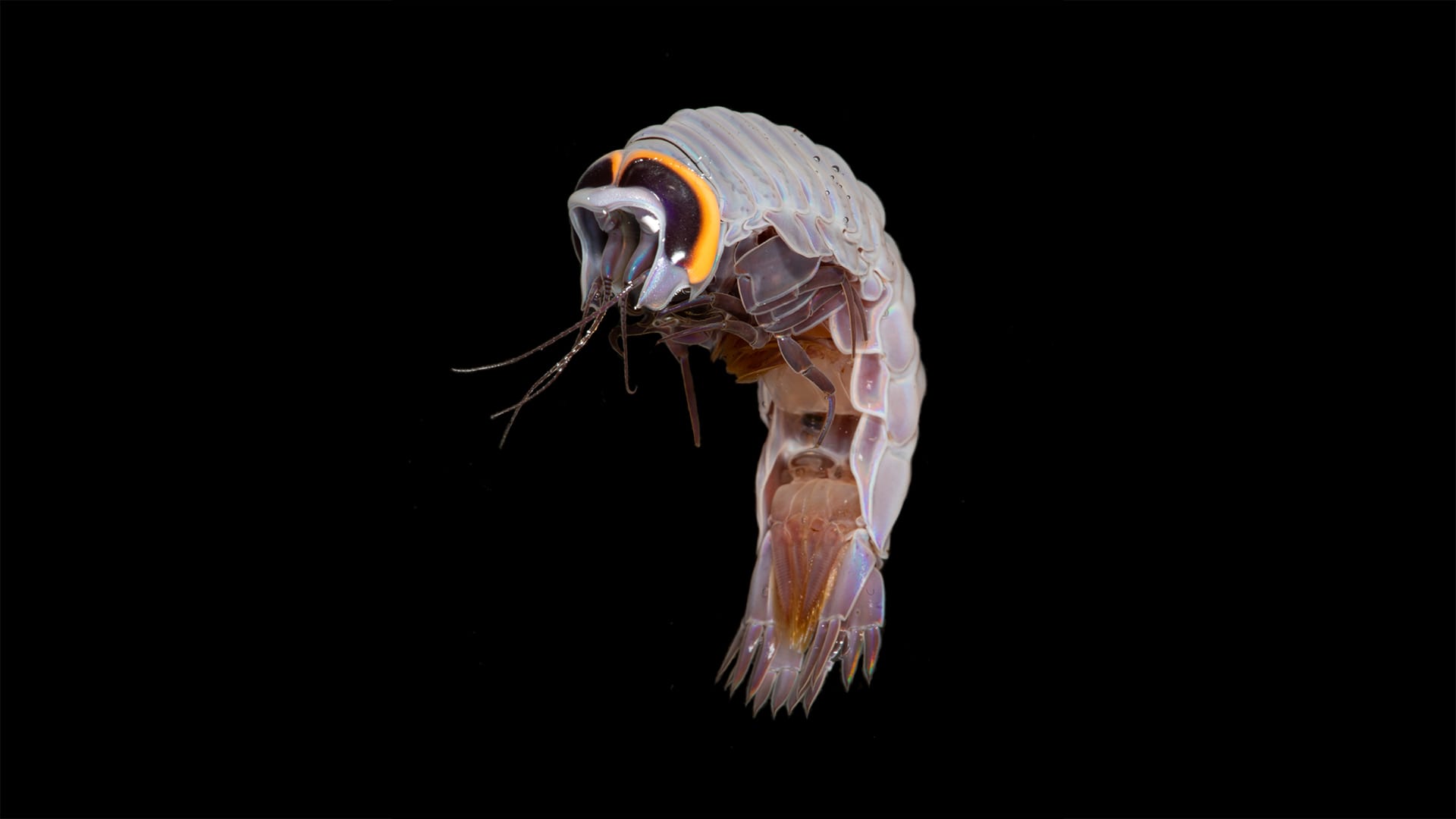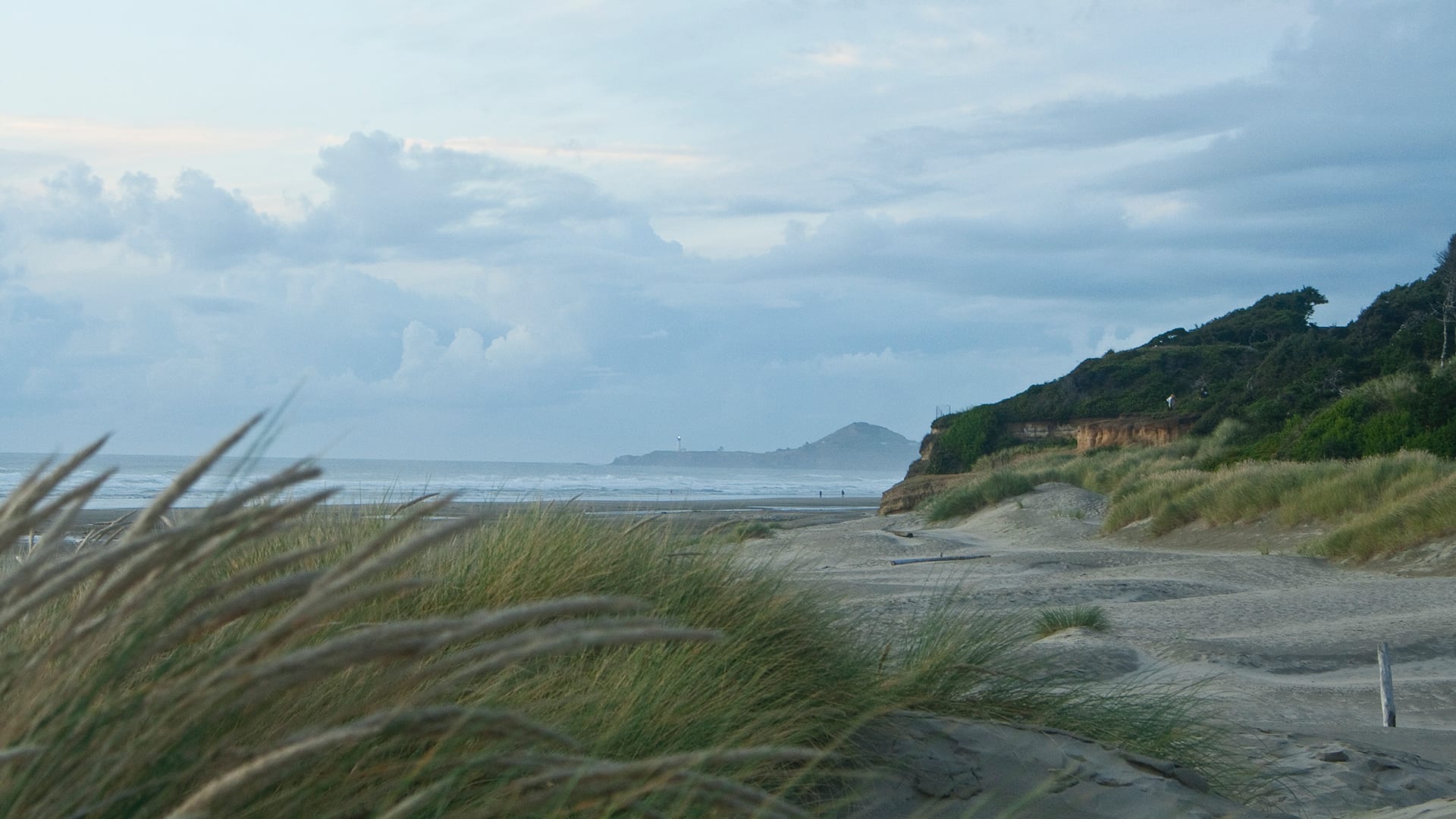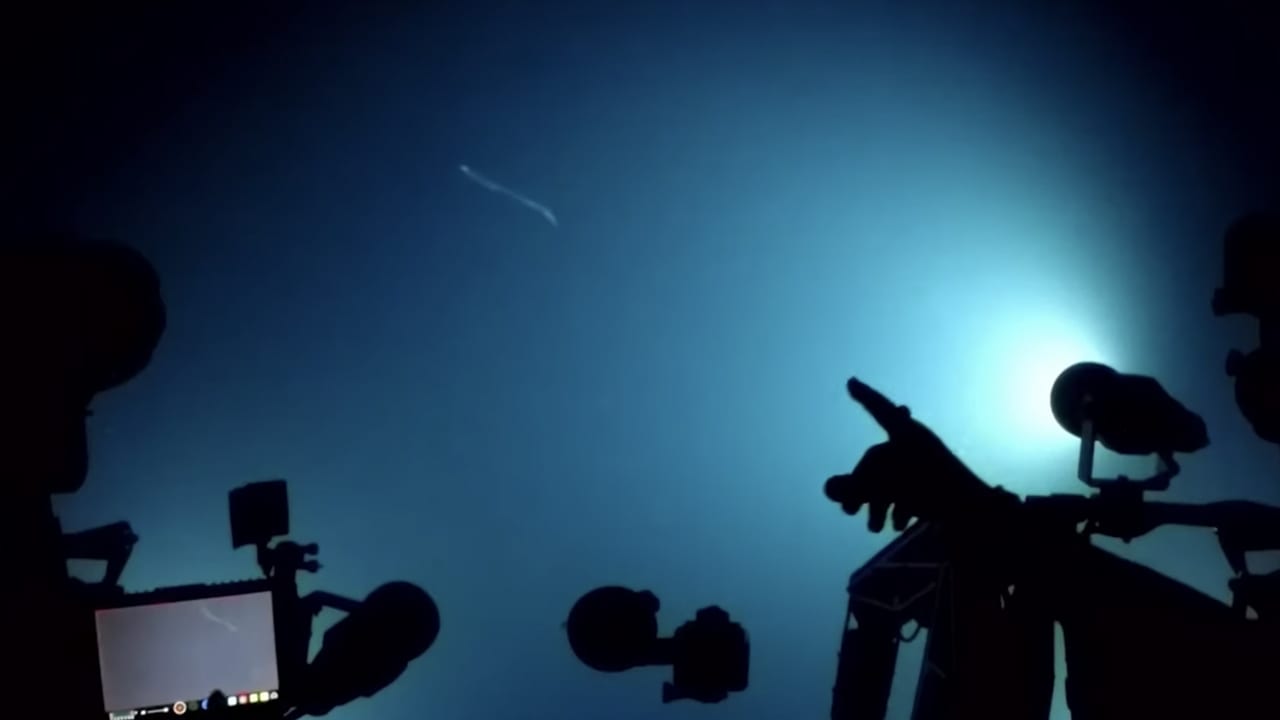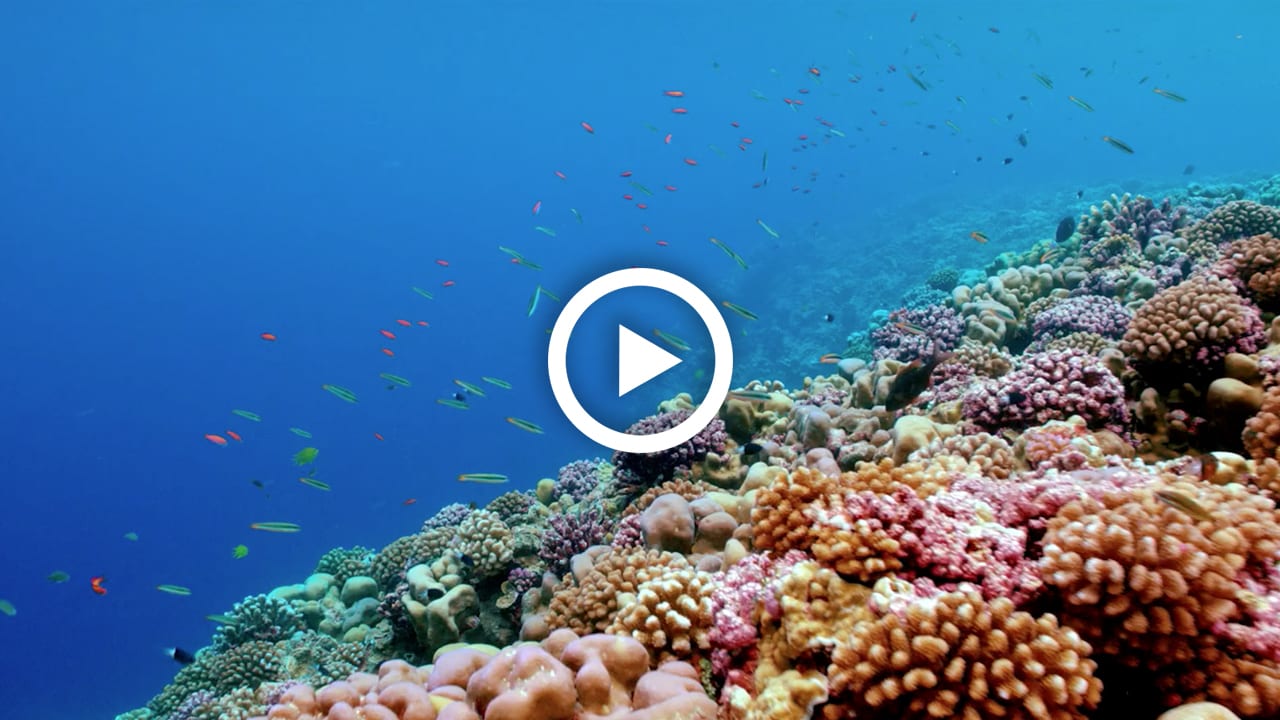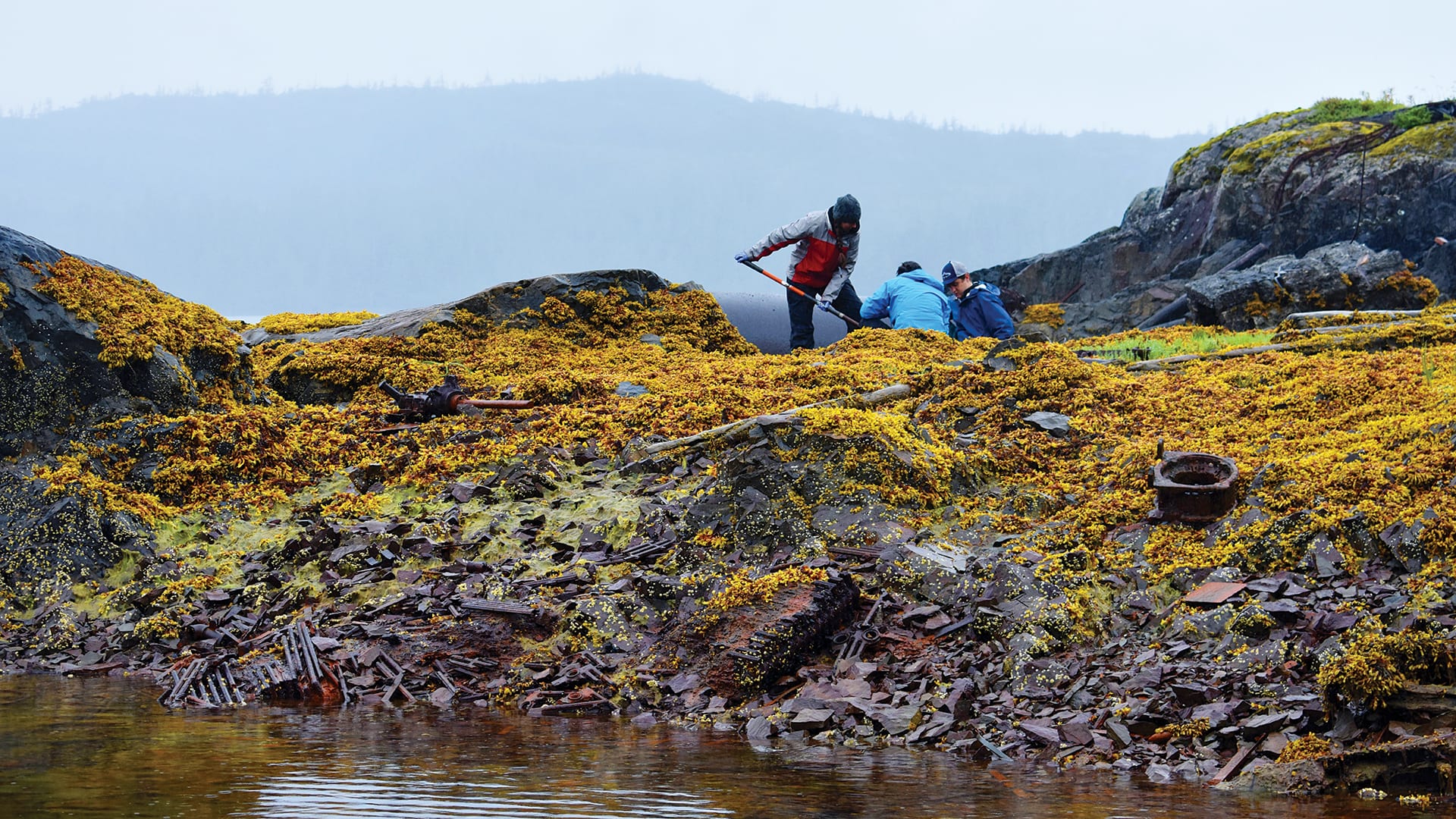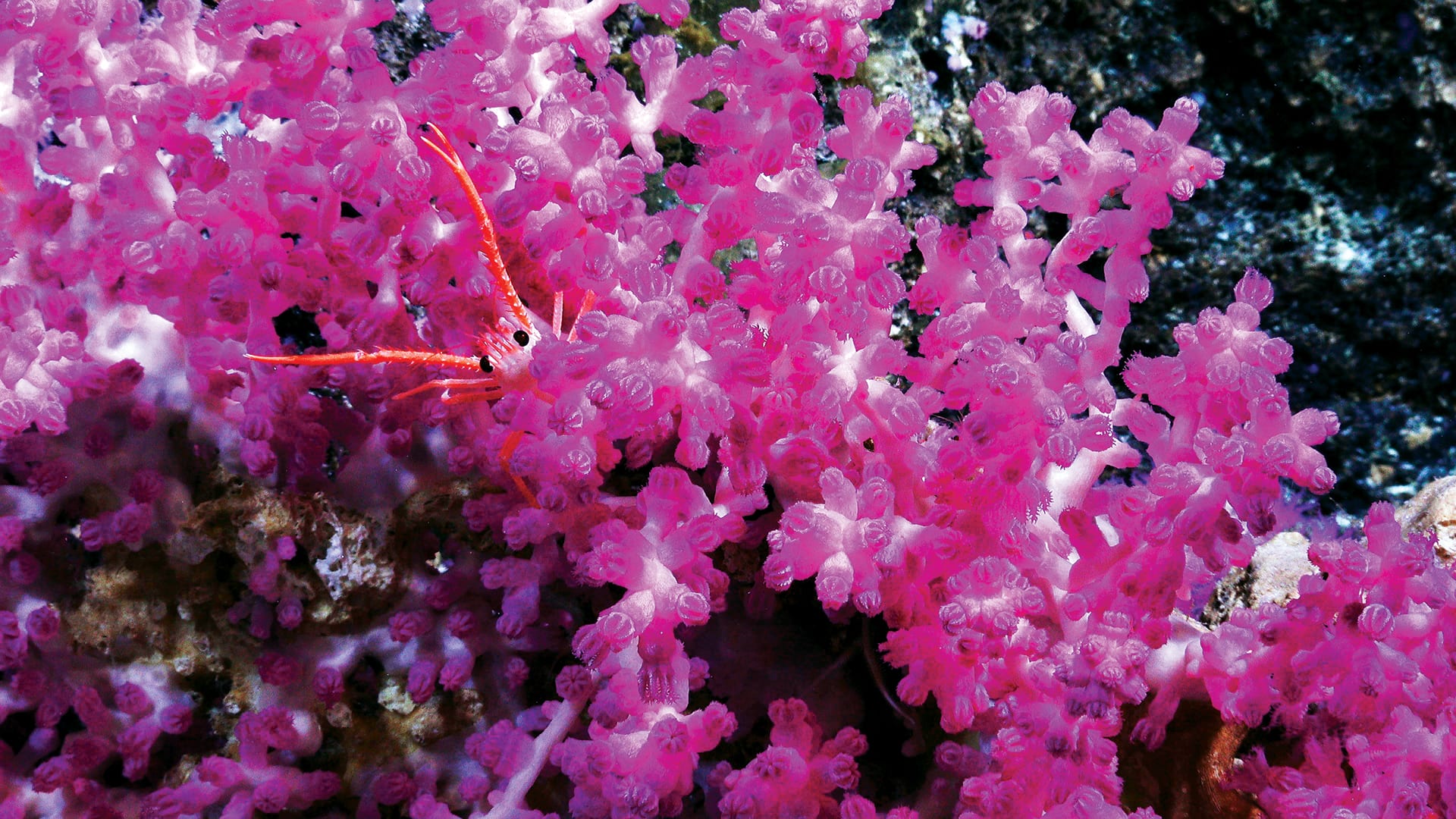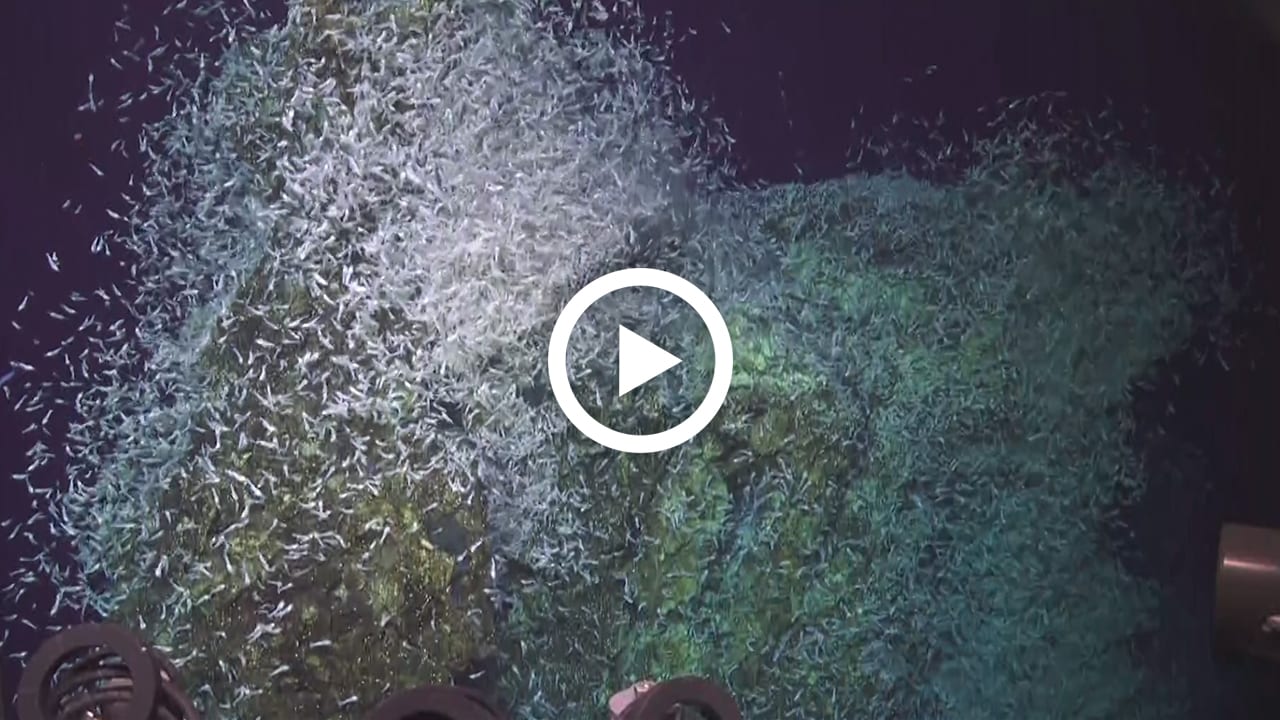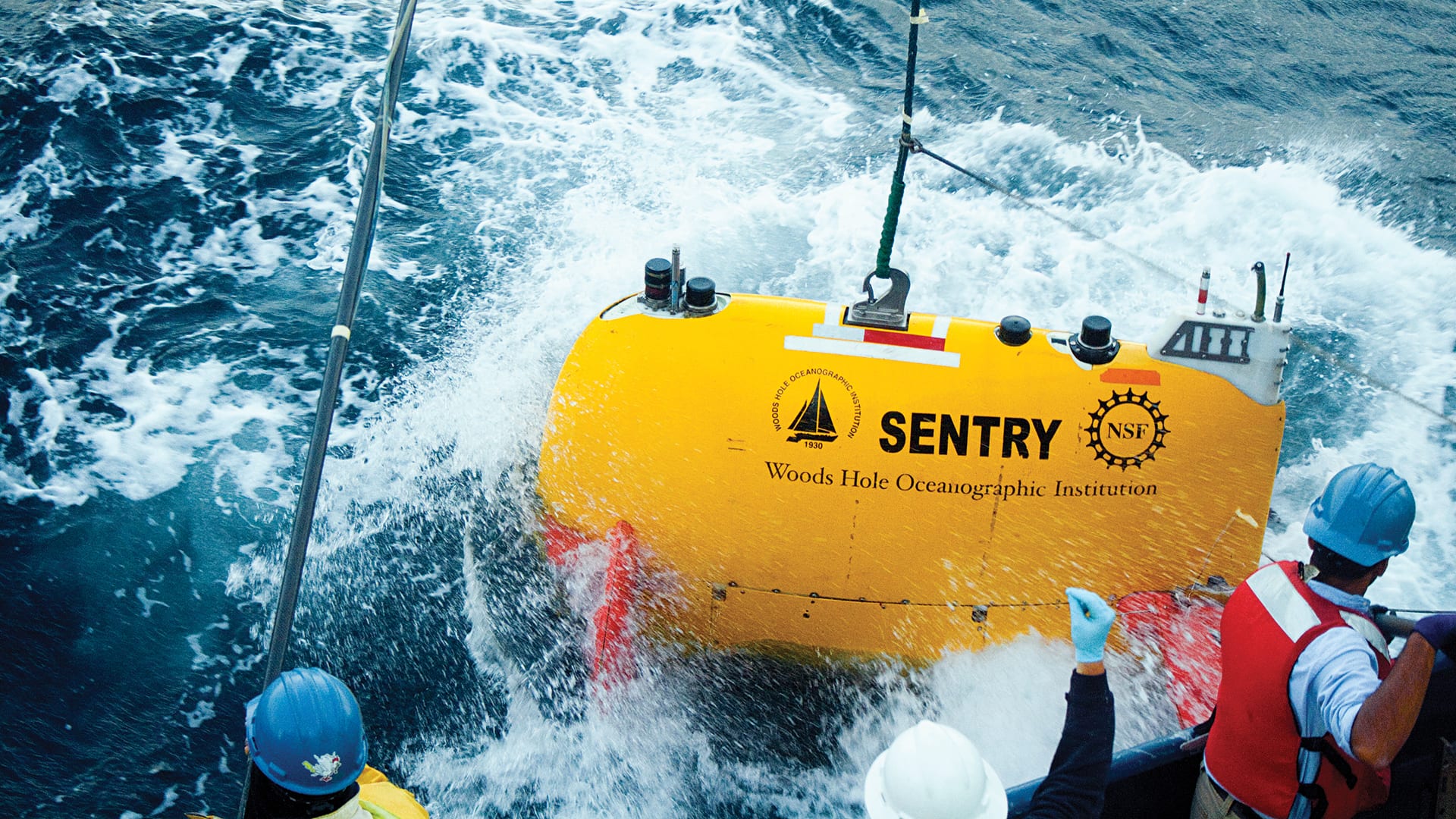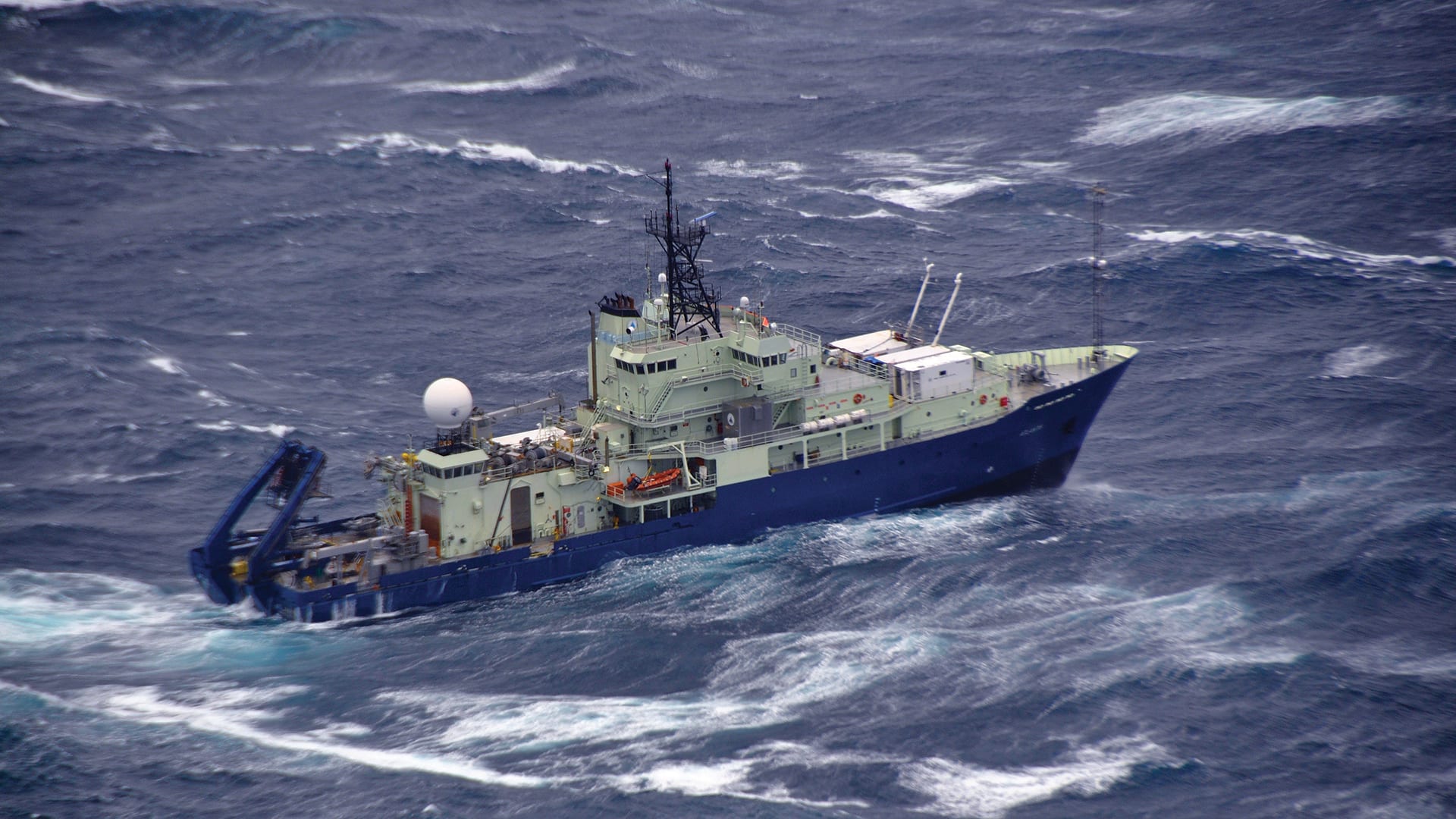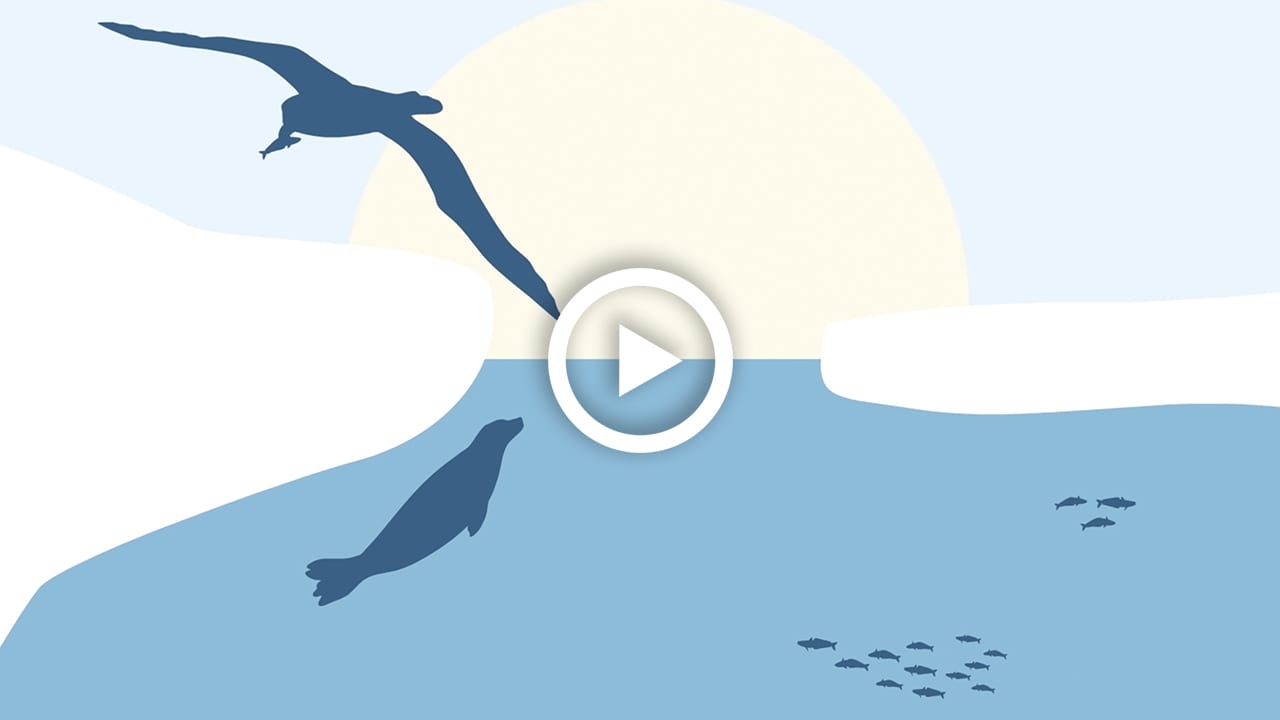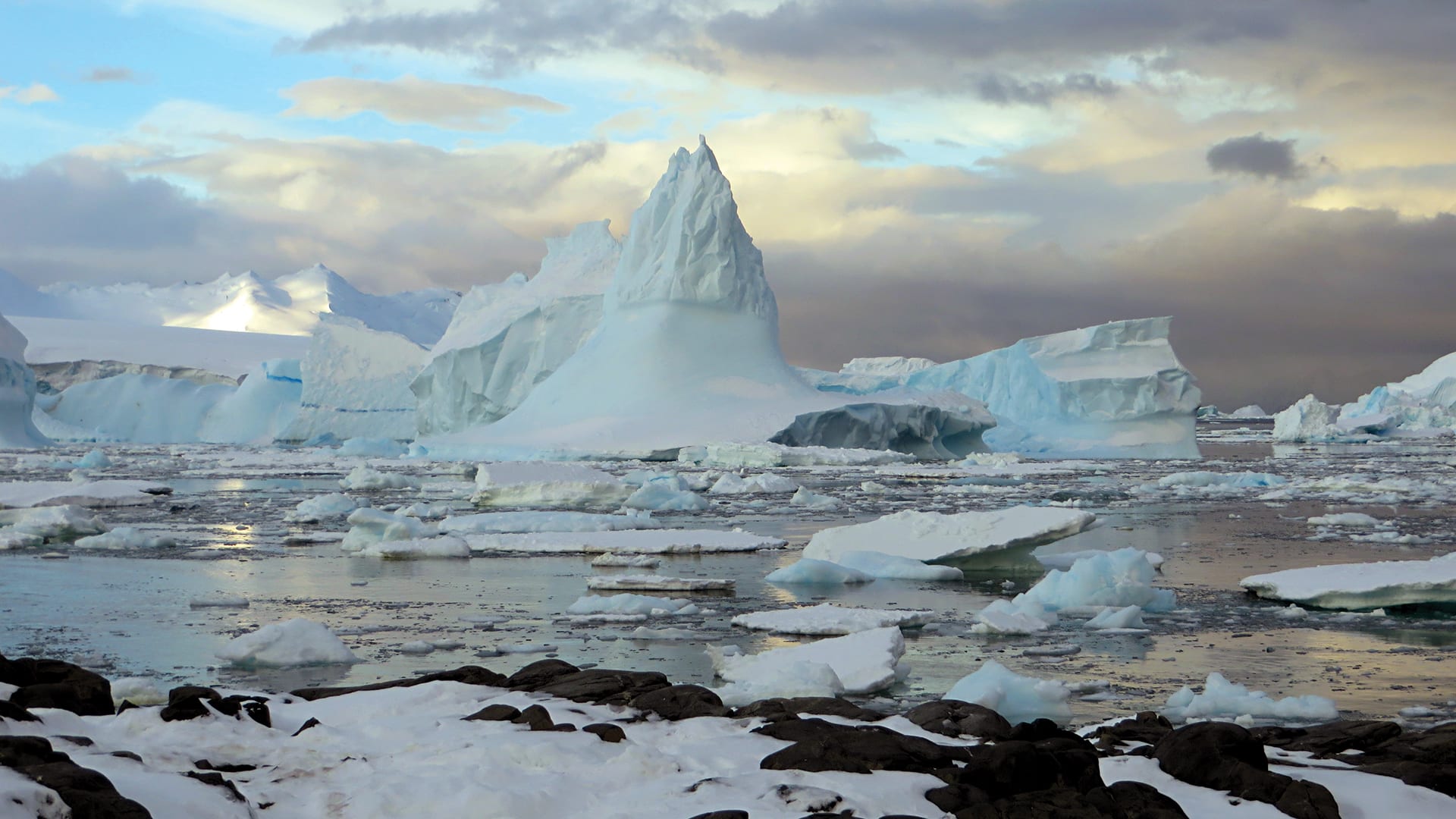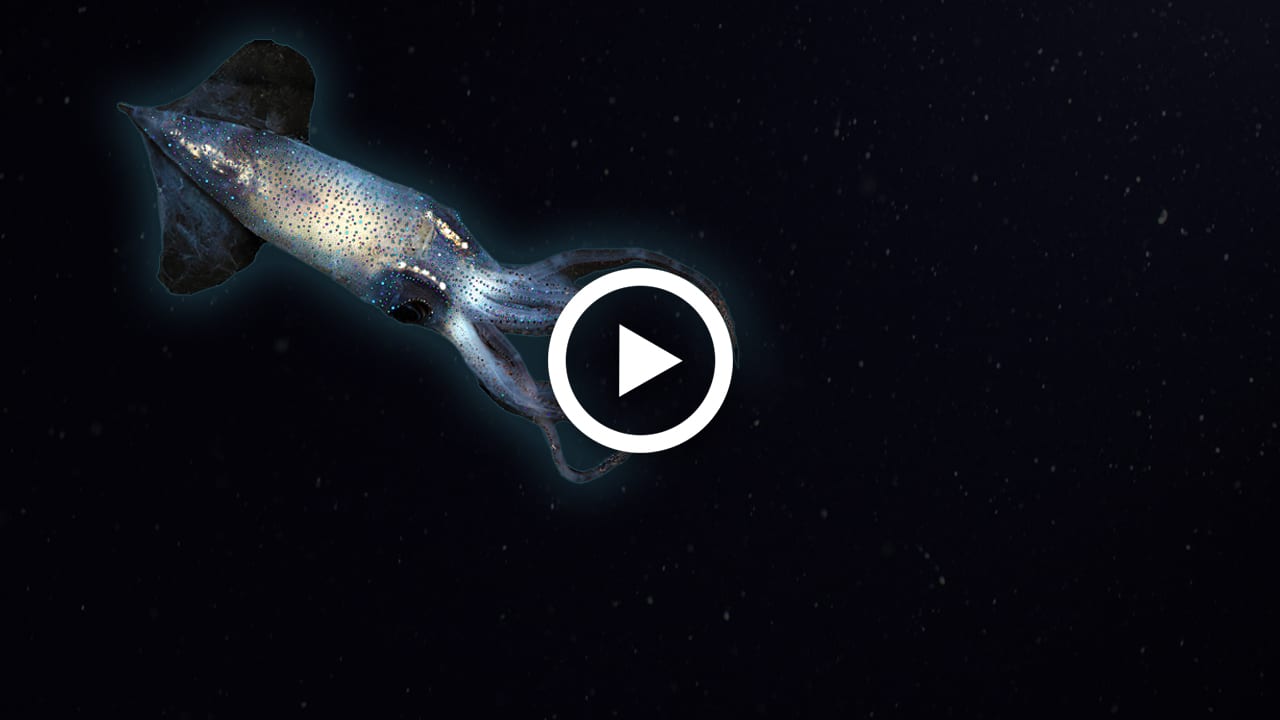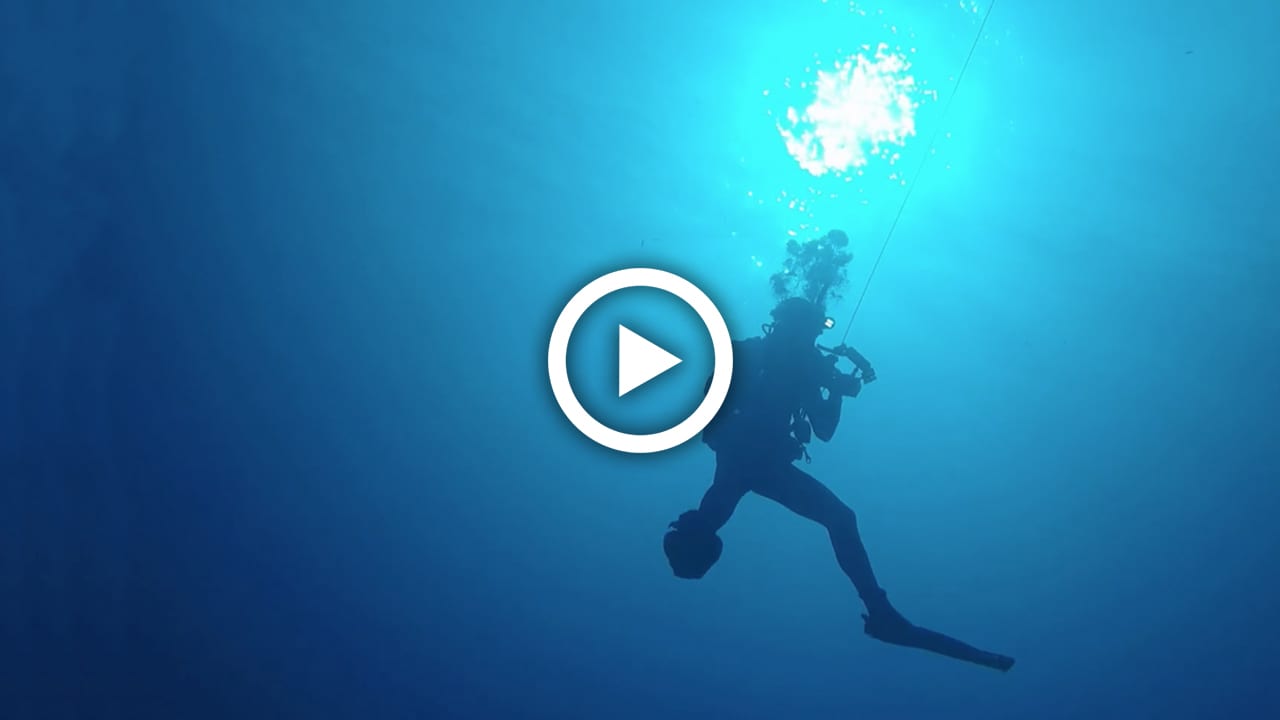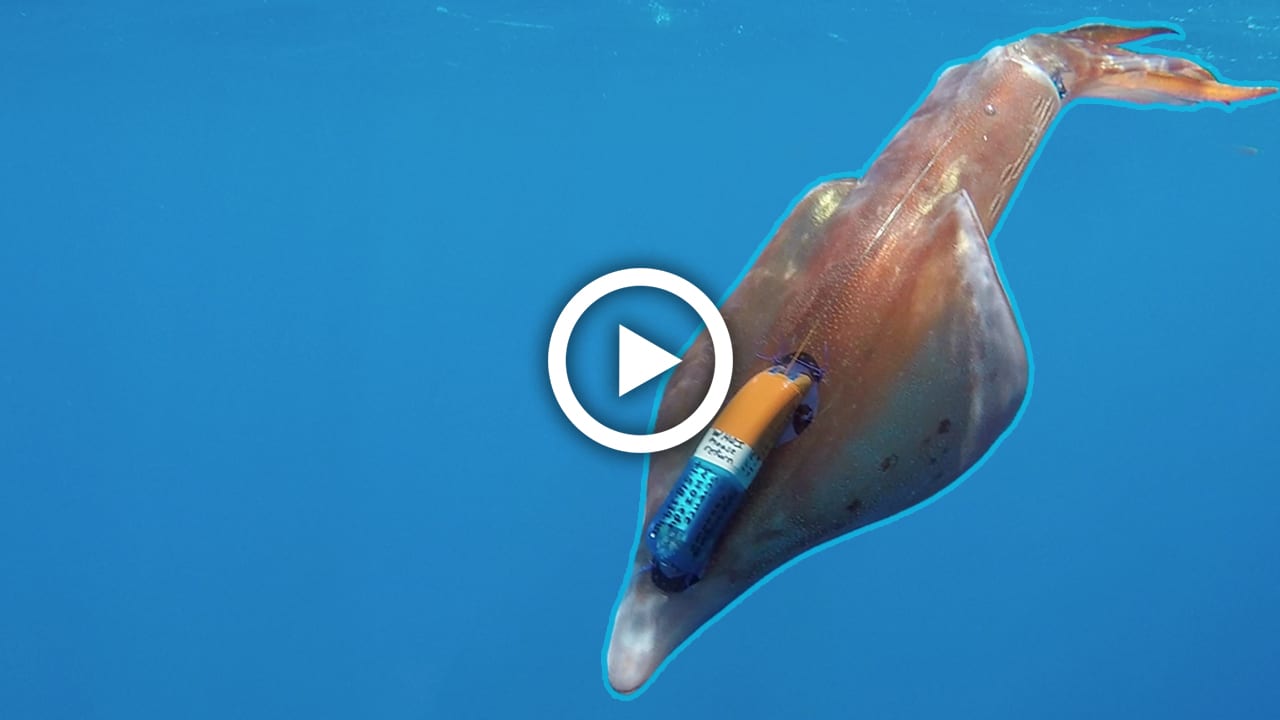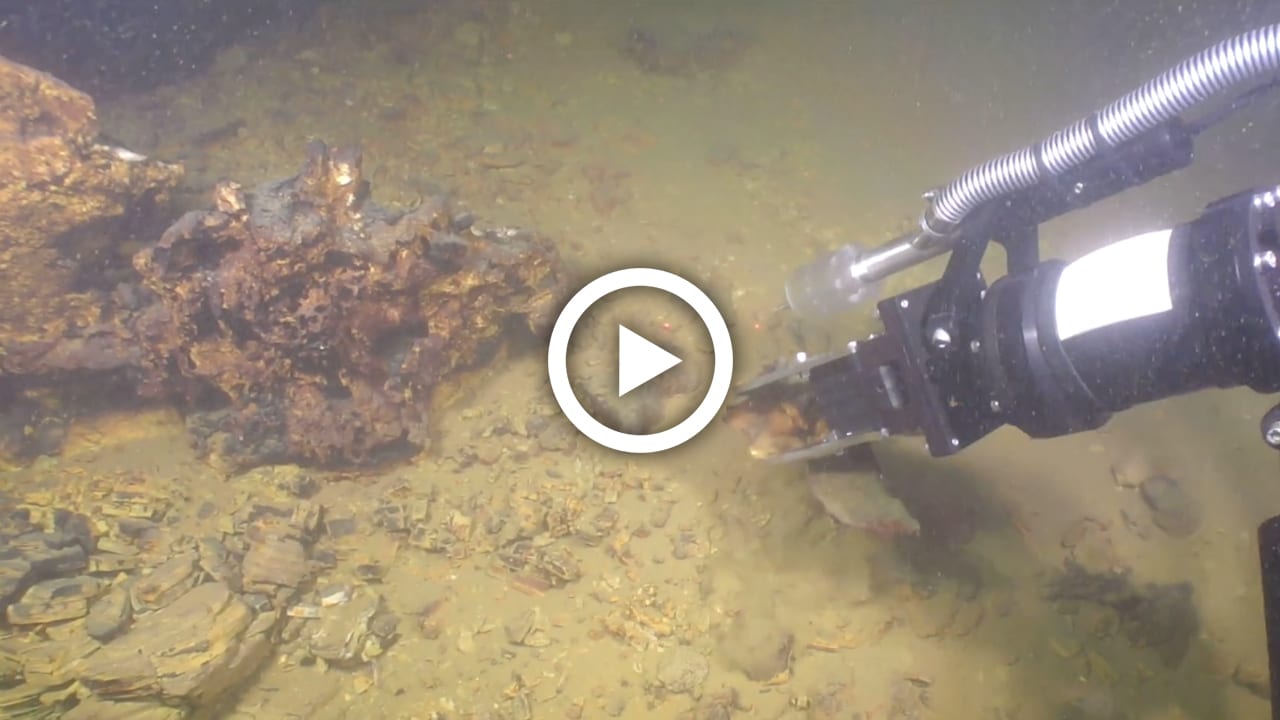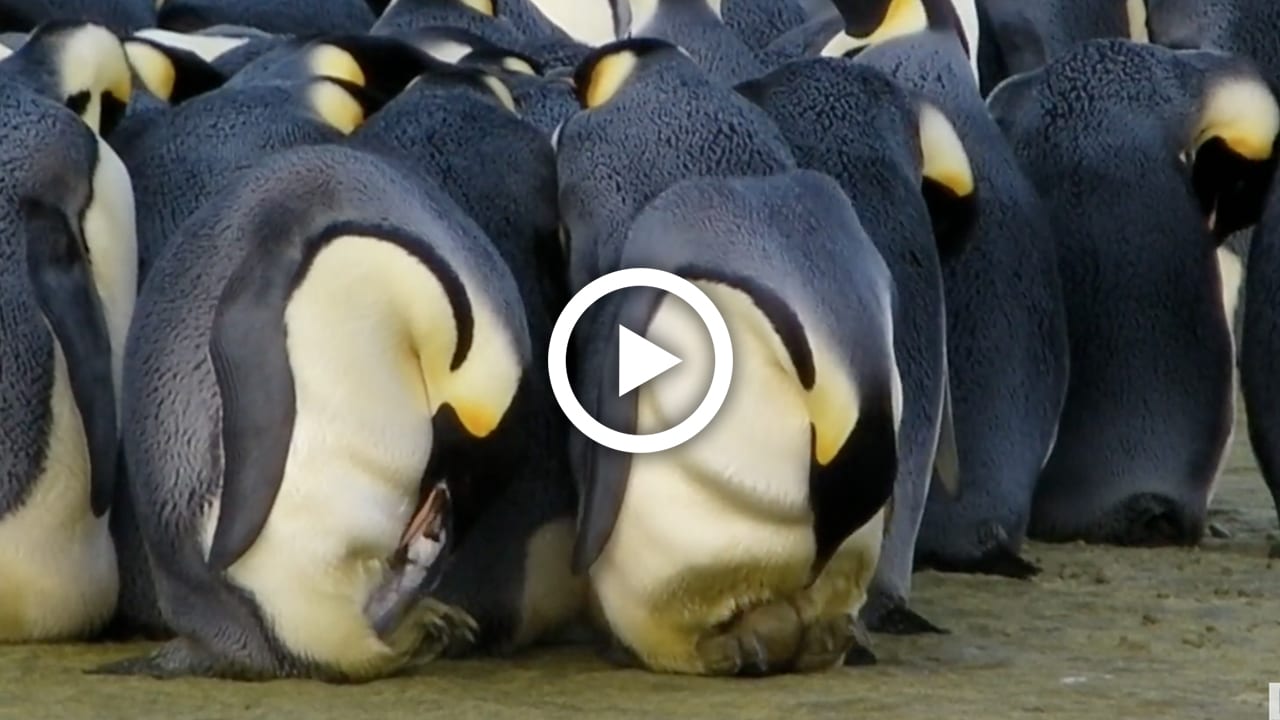Multimedia
Lessons from Deep Water Horizon – 10 years later
A decade after the Gulf oil spill, Dr. Chris Reddy reflects on lessons learned and how science guides recovery efforts on land and sea.
Read MoreDeepwater Horizon – major findings and technological advances
For 87 days, the Deepwater Horizon well released an estimated 168 million gallons of oil and 45 million gallons of natural gas, making it the largest accidental marine oil spill in history.
Read MoreA Window into the Twilight Zone
WHOI oceanographer Andone Lavery leads a team developing cutting-edge tools to explore the mysterious Ocean Twilight Zone and uncover secrets of deep-sea life.
Read MoreNOAA Live! webinars for kids
Marine mammals in our back yard. During school closures, join NOAA experts live Mon, Wed, & Fri at 11 EDT for science webinars with Q&A—perfect for grades 2-8!
Read MoreThe ocean’s carbon pump works better than we thought!
A WHOI study reveals the ocean’s biological carbon pump is more efficient than thought, urging new methods to better assess its role in climate change.
Read MoreHyperiid amphipod: a shimmer in the net
This hyperiid amphipod is a member of the crustacean family that typically act as parasites to gelatinous neighbors, such as salps. This particular suborder lives exclusively in the marine environment. Paul Caiger, who snapped the picture, saw this particular shrimp-like species during an ocean twilight zone research cruise on R/V Neil Armstrong (2020).
Read MoreRelief and splendor in a small village full of big science
In the 1940s, as WHOI staff worked long wartime hours, they found joy and laughter performing in the lively Woods Hole Follies stage shows of 194546.
Read MoreMaritime reflections along Yaquina Bay Bridge
On the shore beyond the Yaquina Bay Bridge in Newport, Oregon, Ordinary Seaman Michael Sessa captured this serene vista while WHOI’s research vessel Atlantis was in port
Read MoreThe Ocean Twilight Zone: Earth’s Final Frontier
The ocean twilight zone teems with life—WHOI is leading the charge to explore its hidden depths.
Read MoreInspired to Understand – Amy Apprill
Once landlocked, Amy Apprill now studies coral disease at WHOI, using DNA to uncover clues in reef health and fight a fast-spreading epidemic.
Read More30 years later, traces of an oil spill persist
In 2018, researchers from WHOI and their collaborators from Haverford College collected oil samples from the 1989 Exxon Valdez spill deposited on the shores of McClure Bay in Prince William Sound, Alaska.
Read MoreCan you spot the eumunid crab?
This vulnerable gorgonian soft coral is the perfect home for the vibrant eunumid crab. See if you can spot it!
Read MoreROV Jason captures underwater video during earthquake
In early 2020, R/V Atlantis and ROV Jason explored Cayman Rise hydrothermal vents, observing deep-sea shrimp and studying impacts of a nearby earthquake.
Read MoreSentry dives to a biological oasis
WHOI operators deploy the autonomous underwater vehicle (AUV) Sentry off the coast of Oregon at a site called “Pythias Oasis.”
Read MoreAquaculture pioneer Scott Lindell presents at TEDx Cambridge
Can the ocean help feed the world sustainably? In this TEDx talk, Scott Lindell explores how seaweed and shellfish farming could transform our food future.
Read MoreA tenacious ship pushes forward
R/V Atlantis rides out stormy seas in the North Atlantic during NASA’s Aerosols and Marine Ecosystems Study (NAAMES) cruise to study the processes associated with the world’s largest phytoplankton bloom. This image was shot from the NASA C-130 aircraft during a storm at the end of the expedition. (Photo by John Hair, NASA)
Read MoreOases in Sea Ice Are Essential to Life in Antarctica
Researchers study Antarctic polynyas—ocean oases of life—to uncover how physical and biological processes shape and respond to environmental change.
Read MoreA transient iceberg kingdom meanders through the Southern Ocean
Icebergs drift by the Rothera Station in Antarctica during the final cruise of of the Diapycnal and Isopycnal Mixing Experiment in the Southern Ocean (DIMES) project aboard the British icebreaker RRS James Clark Ross
Read MoreValue Beyond View: The Ocean Twilight Zone
What is the value of the ocean twilight zone?
Read MoreOpen Ocean Diving Observations
Watch and learn how blue and black water diving is conducted in the open ocean and what these divers see during the day and the twilight zone migration at night.
Read MoreTagging and Tracking Wild Squid
WHOI’s Mooney Lab developed a novel bio-logging tag to study soft-bodied squid in the wild, revealing new insights into their movement, energy use, and habitat.
Read More2019 Year in Review
Learn how WHOI researchers explored the ocean planet to tackle the most pressing questions about our water world in 2019.
Read MoreYellowstone Lake: ROV Yogi
See what the remotely operated vehicle (ROV) Yogi helped scientists discover beneath the surface of Yellowstone Lake.
Read MoreMarch of the Penguins
Emperor penguins may vanish by 2100 as climate change melts the sea ice they need to breed, feed, and raise their young, a WHOI study warns.
Read More


